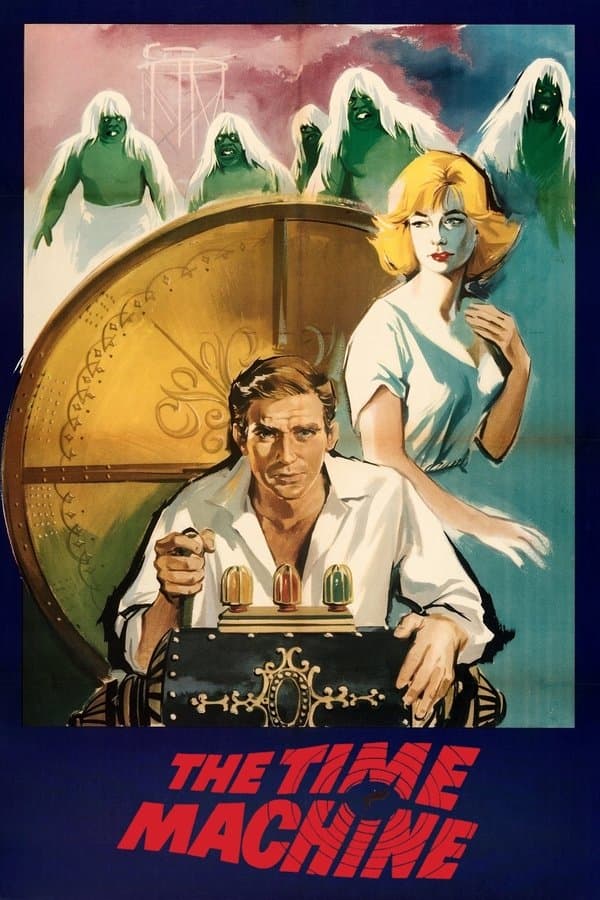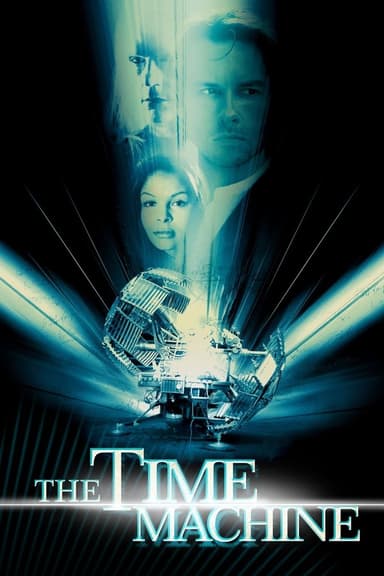
The Time Machine
1960 • Adventure, Fantasy, Romance, Science Fiction, Thriller • G
A Victorian Englishman travels to the far future and finds that humanity has divided into two hostile species.
Runtime: 1h 43m
Why you should read the novel
Reading H. G. Wells's The Time Machine provides a far richer, more nuanced exploration of time travel than the film adaptation can offer. The novel delves into fascinating philosophical questions about society, evolution, and the consequences of human innovation, topics that are only briefly touched upon in the movie. Through Wells’s thought-provoking narrative and beautifully crafted prose, readers are encouraged to ponder the future of humanity in ways that outstrip the visual spectacle of any film.
Unlike the fixed visual interpretations of the movie, the book invites readers to imagine the future world through their own creativity, making the story more personal and meaningful. Wells’s original vision, full of subtle warnings and incisive social commentary, is best appreciated on the page, where every detail and allusion are retained. Additionally, the novella’s compact length makes it accessible for both casual readers and those looking for deeper literary value.
By choosing to read The Time Machine, you experience the unfiltered imagination of one of science fiction’s greatest innovators. You’ll encounter Wells’s pioneering ideas firsthand, appreciate his pioneering writing style, and understand why his story continues to inspire generations of science fiction creators and philosophers.
Adaptation differences
The 1960 film adaptation of The Time Machine diverges from H. G. Wells's book in several significant ways, starting with the protagonist himself. While the novel leaves the Time Traveller unnamed, the movie gives him the name George and imbues him with a more overtly heroic and romantic character, reflecting the cinematic conventions of the era. This alters the tone and intention of Wells’s original, where the traveller was more of an observer and thinker than an action hero.
The movie also introduces characters and relationships that are absent from the novel, including close friends, a love interest in Weena, and scenes set in Victorian London that provide a clearer personal motivation for the protagonist. These additions create emotional investment for the audience but shift the focus from Wells's broader themes of social evolution and class structure to more individualized drama and action.
Another major difference is how the themes and world-building are presented. The film tends to simplify the complex ideas found in Wells’s narrative, such as the critique of class division embodied by the Eloi and Morlocks. Where the book explores these concepts with subtlety and ambiguity, the movie often opts for clear-cut moral contrasts and straightforward storytelling, making the Eloi more innocent and childlike and the Morlocks more monstrous.
Finally, the adaptation revises the story’s ending and message. While Wells’s novel ends on a note of ambivalence and existential dread, questioning the ultimate fate and purpose of humanity, the movie offers a more optimistic and satisfying resolution designed to appeal to a mainstream audience. This change, while entertaining, fundamentally alters the impact and intent of Wells's timeless classic.
The Time Machine inspired from
The Time Machine
by H. G. Wells












